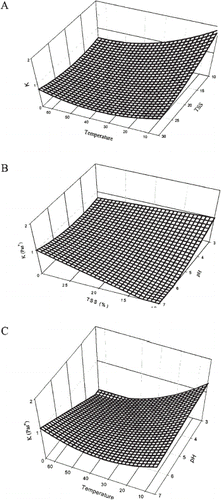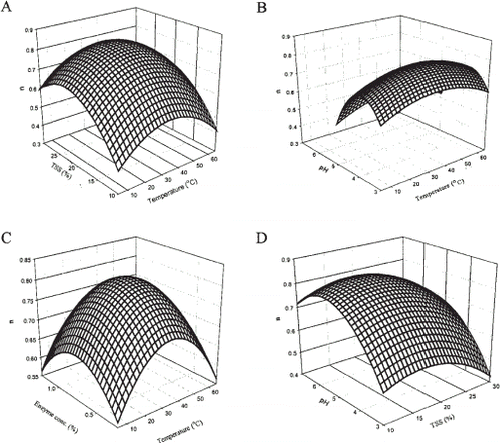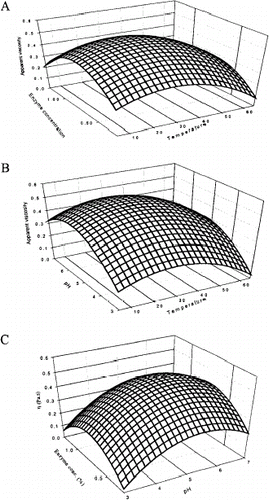Figures & data
Table 1 Variables and levels for a rotatable central composite design used in papaya puree rheology experiments
Table 2 Central composite rotatable design arrangement and responses
Figure 1. Typical shear stress–shear rate curve for papaya puree at selected conditions. Set-1: 20°C, pH 6, 15°Brix, and 0.8% α-amylase concentration; Set-2: 35°C, pH 5, 20°Brix, and 0.6% α-amylase concentration; Set-3: 50°C, pH 6, 15°Brix, and 0.8% α-amylase concentration; Set-4: 20°C, pH 5, 35°Brix, and 1% α-amylase concentration.
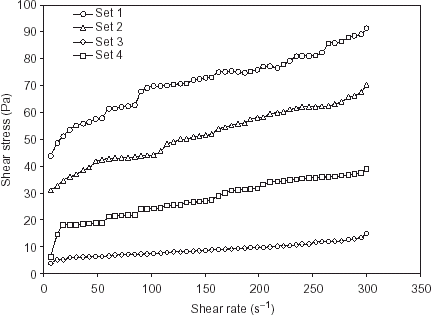
Figure 2. Typical time independency of papaya puree at 50°C, pH 4, 15°Brix, and 0.8% α-amylase concentration.
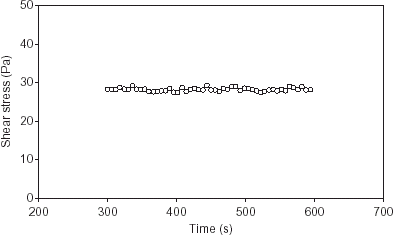
Table 3 Analysis of variance of the second order polynomial model for consistency index, apparent viscosity, and flow behavior index of papaya puree
Table 4 Regression coefficients and analysis of variance of the regression models for rheological parameters
Figure 3. Response surfaces for the effect of temperature, TSS, and pH on consistency index (K) of papaya puree.
